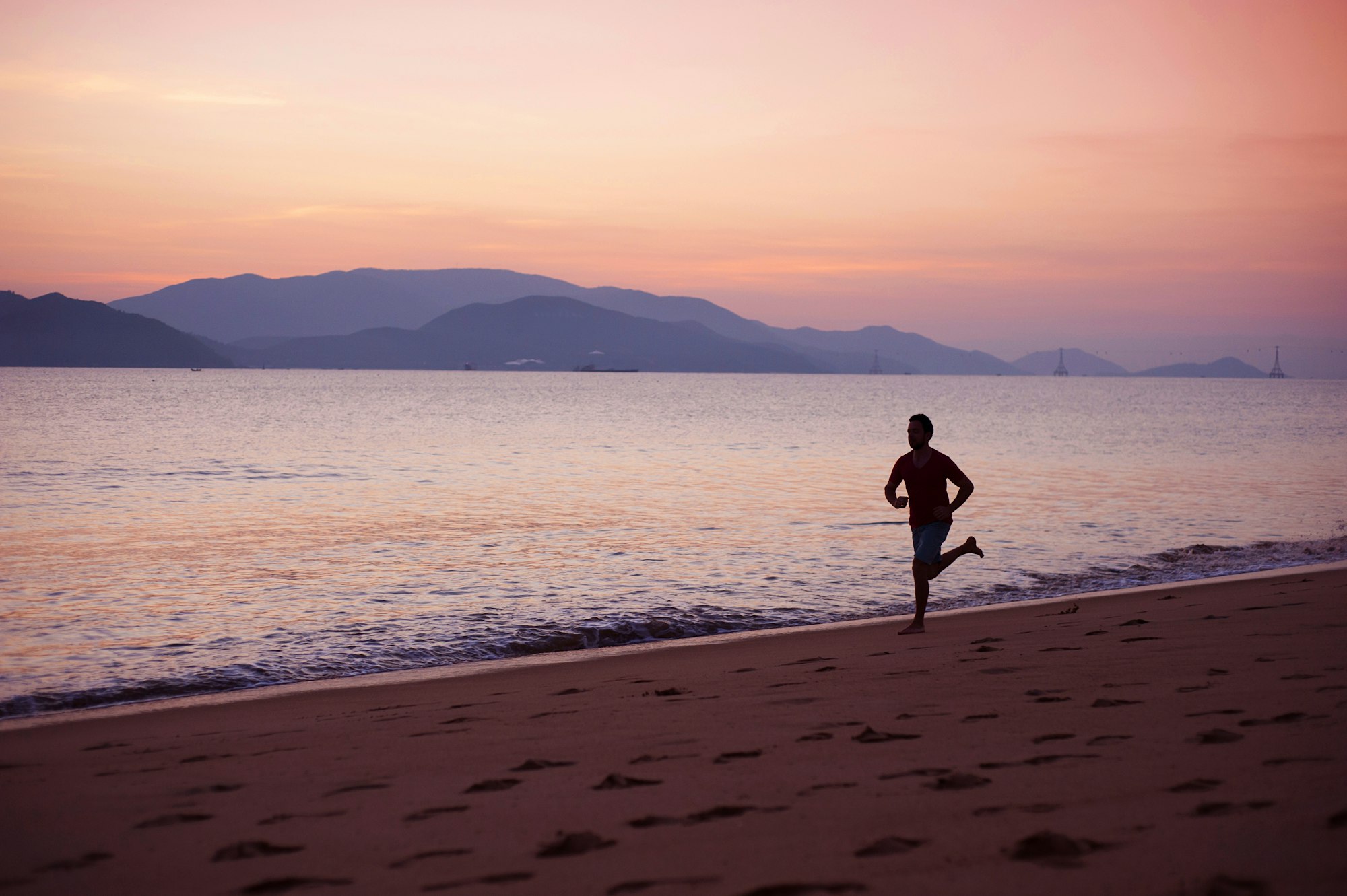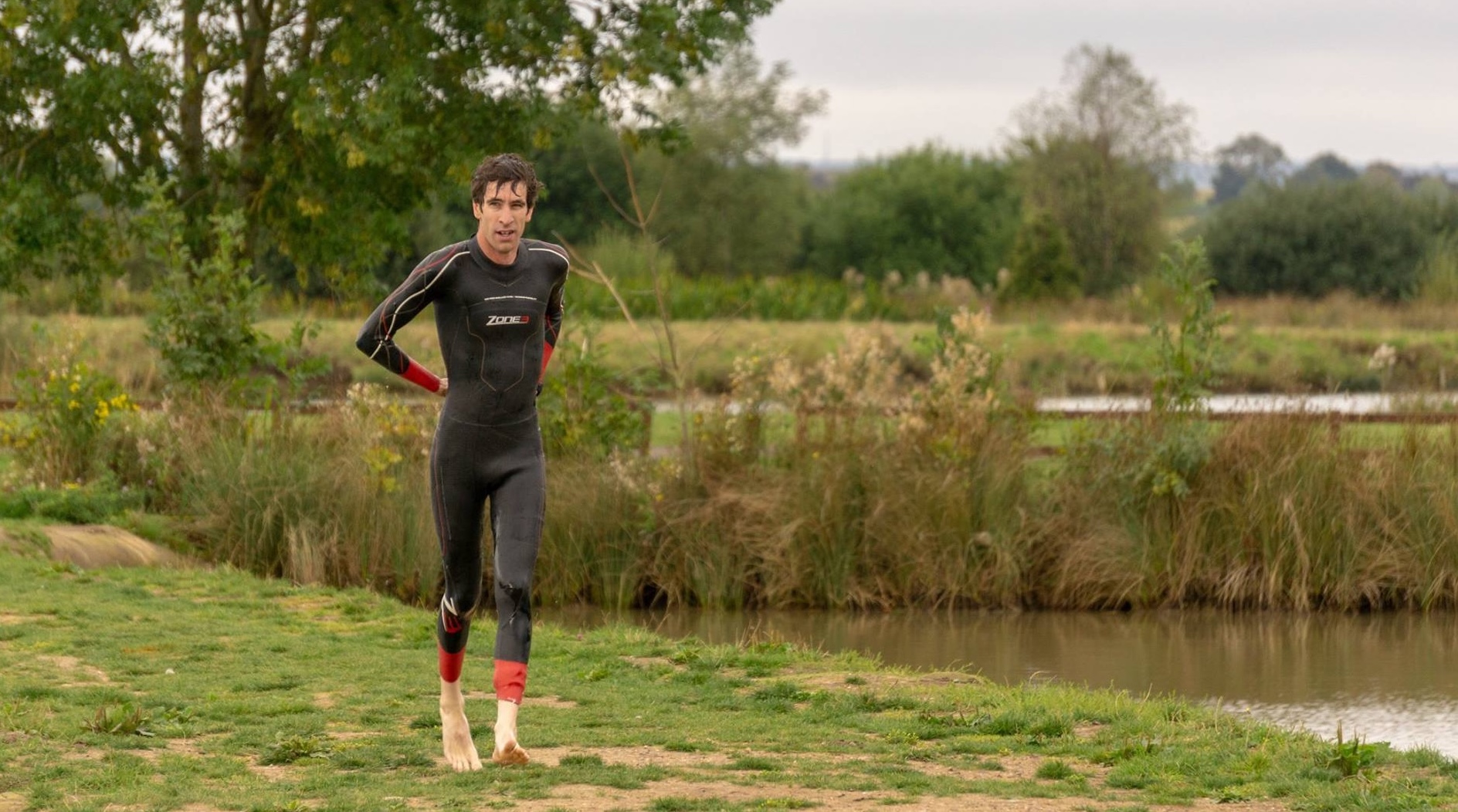Tyres, how much can be written about those pieces of rubber that sit on your wheels? Have you ever given a second thought to these since buying your bike? If not then you really should, they’re the contact patch between you and the road, and spending a few pennies on upgrading them can reap huge benefits, being the difference between you smashing a PB, sat on the side of the road fixing a puncture with everyone else streaming past you.
Tyre types
There are three types of tyre available to the cyclist, and not every type of tyre is compatible with every wheel, so pay attention to the wheels you have and the type of tyre you pick off the shelf. If in doubt, pop into your local bike shop for advice.

Clinchers
Far and away the most popular choice and what I’d currently recommend for the vast majority of my athletes, the standard tyre that you most likely have on your wheels. It holds a butyl/latex inner tube in place under high pressure, and if a sharp object makes its way through the tyre then this will pierce the inner tube, resulting in a puncture. This is relatively easy to fix and you’ll be back on the road in no time at all.
Tubular
There was a time when clincher tyres were heavy with poor grip, and the racing cyclist used tubular tyres, also known as tubs. These work in the same way as a non tubeless car tyre, the entire tyre inflates rather than a replaceable inner tube which means that if you get a puncture you have to change the entire tyre. This involves gluing the tyre onto your rim, so not only would you have to carry a spare tyre, you’d also have to carry the kit to affix it to the rim. As the glue takes 72 hours to set fully, you can’t even roll home safely, so very few cyclists will use them for training. They still have a place in racing when you’re followed by a team car, or in a time trial where a puncture is essentially a DNF and their marginally improved grip, ride feel and weight saving can pay off, but now that clinchers have come so far, there’s very little reason for the amateur triathlete to run tubs.
Tubeless
These work in a similar fashion to clinchers in that they are held in place by your rim, the difference being that there is no inner tube, with direct inflation of the tyre pinning itself in place. Tubeless tyres have improved rolling resistance (more on that later) and are more lightweight than clincher tyres with tubes, as well as providing unparalleled puncture resistance. Before inflating the tyre the majority of people then insert a sealant into the which will immediately seal any holes that appear as the result of a stray nail or shard of glass. If your tyre rips or you experience an especially large puncture then the tyre may not seal itself
So why isn’t everyone running tubeless? If you get a puncture which the sealant fails to repair as it is too large then, you’re up a famous creek without a paddle. Another problem is the historic lack of choice in the tubeless market, manufacturers like Hutchinson have been making tubeless tyres for years, but it’s only recently that the heavy hitters in the tyre market have been making tubeless tyres, and even more recently that wheel manufacturers have started bringing out a bigger range in tubeless ready rims. There is also the difficulty in getting them setup which is an art in itself, and unless you know what you’re doing is probably best left to a bike shop.
However I believe that these problems will be overcome and in five years time most of us will be running tubeless setups. The cycling market is traditionally very superstitious, however markets like triathlon are pushing innovation forward at an increased rate and bringing old fashioned cyclists around to the benefits of new tech.
So which system should you run? At the time of writing (early 2018) I would recommend clincher tyres to most for their ease of use and the large variety of compounds available. Most of us know how to change a puncture and tubeless would likely involve a reinvestment in wheels, something not appealing to many.
So which compound should you go for? What’s the difference between the tyres that came on your bike and the tyres that cost £50 a pop? Let’s look into the factors that make tyres such an important consideration.
Puncture Protection
Let’s start with the big one for many new triathletes, the dreaded puncture. If you are unlucky enough to ride over a sharp object it will try to make its way through your tyre and pierce your delicate inner tube, resulting in a flat tyre, which for some is as good as a DNF. However don’t think that more expensive tyres have better puncture protection as that’s just not the case. The more puncture proof material that you place between the tyre and the inner tube, the heavier the tyre becomes, and the more sluggish the handling, so it really is a balance between performance and puncture protection. You can even get solid tyres which are obviously completely immune to punctures, but handle like an absolute turd. This is acceptable for your hipster commuter making their way through Shoreditch, but for the discerning road cyclist is nothing short of heresy.
Grip
The biggest factor for most cyclists is the grip that a tyre offers, which allows you to corner faster and can be the difference between making a corner or ending up on the side of the road as your bike washes out from underneath you. Upon upgrading to a nice grippy tyre you’ll feel confidence in the way it sticks to the road, reducing the amount of speed you need to scrub off before cornering. Grip and TPI (threads per inch) tend to go hand in hand, so look for a tyre with a high TPI for improved grip.
Rolling Resistance
Without wanting to get too wrapped up in science here, this refers to how well the tyre rolls on the tarmac, and the energy which is saved from having a tyre with improved rolling resistance. This comes down to the rubber used and the friction that is created between the tyre and the road, using the same principle as fuel saving tyres that you see advertised for cars. Think of the difference between riding a mountain bike tyre on the road compared to a slick racing tyre, that’s an extreme example of rolling resistance.
Weight
Well it wouldn’t be an article on road cycling kit without discussing the weight of the item in question would it? Choosing high end tyres is a very economical way of saving weight on your bike, and it also on the most important area (the wheels) which allows for faster accelerations.
Width
How wide a tyre is dictates the amount of grip it offers, the pressure it can be run at, and how aerodynamic it is. The industry has made a huge lurch towards wider tyres and rims in recent years as testing suggests that a wider tyre run at a lower pressure provides much improved rolling resistance, comfort and grip. The only scenario where you may want to run a slimmer (under 25mm) tyre is in triathlons or time trials, which provides the triathlete with a bit of a problem.
A slimmer tyre will provide us with improved aerodynamics, but this may be outweighed by the improved rolling resistance of a slightly wider tyre. In years gone by 19mm tyres were the norm, where now it’s very rare to see a 23mm tyre as most roadies move towards 25s and 28s. I don’t have a silver bullet answer as everyone is different, however personally I advocate comfort and grip over aerodynamic performance. The differences will be incremental either way so feel free to experiment and see what works for you.
One word of caution is that many older road and even some newer TT frames, are designed to run 23mm tyres, and may not be able to run anything wider. This is dictated primarily by the clearance around the frame, although your brake calliper will also play a part in dictating how wide you can go. To add another variable into the mix, some tyres will balloon up larger than others, with some brands 25mm tyres coming up closer to 28mm. This can even be affected by the width of the rim you are using, it can be a real can of worms, however Schwable have created the below table to help people calculate what they can and can’t run on different rims. This is designed for their own tyres, however as long as you’re not at the extremes of the range you should be fine.

Soft/hard rubber
A tyre manufacturer has to weigh up its options between how soft and grippy they want their tyre to be, and how many miles you’ll get out of it. Think of Formula 1 tyres which only last for an absolute max of an hour, or even the moto GP qualifying tyre which will start to go off after a single hard lap. The gripper a tyre is the shorter its lifespan, which means there is no perfect tyre for every situation. Some cyclists will use a very high mileage tyre such as the Vittoria Zaffiro for their training and a softer compound for racing. Personally I prefer to use a softer compound all year round as I like to get a feeling for how grippy my tyres are before I race, and I’m passionate about keeping it rubber side down.
Colour
Yes, colour can have an effect on the performance of the tyre, why do you think the vast majority of tyres are black? Rubber is black in it natural state, and to add pigment to a compound manufacturers have to reduce the silicon content. This is only marginal, but worth bearing in mind as you don’t want to find yourself climbing out ofa ditch and wondering if you’d be in a less compromising situation had you gone with plain old black.
Pressure
While it is a subject that warrants another article in itself, when choosing tyres it is worth checking the pressures you can run them at. Running tyres at a higher pressure gives a firmer ride and is preferred by those riding on smoother roads, however there is increasing evidence that running lower pressures actually reduces rolling resistance unless you are riding on roads that resemble glass. The graph below should give you a rough idea on what pressure to run, but some trial and error is involved to help you find a ride quality you feel suits you.

So as you can see there is an awful lot more to the humble bike tyre than first meets the eye, and by now you are probably starting to realise there is no one tyre that is perfect for everyone. A city commuter will have very different demands to a time trialist, and someone who is riding on gravel paths will choose a different tyre to someone riding the perfectly smooth roads of Switzerland. Let’s look at some of the notable tyres on the market and what they provide:
Continental Grand Prix 4000s

My go to tyre since I started cycling, I’ve never received a puncture or dropped it on a corner while running these, they have a solid puncture protection strip combined with a nice grippy compound that works well in all weathers. Traditionally I switch to their 4 season compound in the winter but just never got round to it this year and haven’t had any problems. These tyres are a staple choice of many road cyclists and it’s hard to go wrong.
Continental Grand Prix 4 Seasons

This is an evolution of the GP4000 tyre, using a harder compound that works better in the wet and at lower temperatures. This is combined with an increased puncture protection strip which increases weight and slightly affects handling slightly, however you’re unlikely to notice until you start giving it some real gas. These tyres also last longer than the GP 4000s, so many people choose to run them all year round.
Continental Gatorskin

A staple of the city cyclist, these tyres are pretty much bulletproof. They’re an absolute nightmare to get on and off, but as the chances of anything making it through the thick puncture protection strip are so minimal, there’s a chance that once you’re attached them they’ll never need removing. All of this comes at great compromise to the grip of the tyre, and they are affectionately known as “Skaterskins” in some circles, after the number of riders who lose it in the corners trying to follow someone on superior tyres, especially in wet conditions. For the cyclist who simply wouldn’t be able to repair a puncture themselves or for a pure commuting bike they are an appealing choice, but unstable for the performance cyclist.
Specialized S-works Turbo

I dabbled with these for a few months after picking them up on the cheap a couple of years ago. They rolled well, but didn’t inspire the confidence in the corners I had become accustomed to, not due to outright grip so much as the balance of the tyre. A perfectly functional tyre, but when I swapped them out for my 4 Seasons come winter, I wasn’t in a hurry to switch back to them come the following summer.
Specialized S-works Turbo Cotton

This is one of the grippiest tyres on the market, boasting an impressive 320 TPI this tyre corners like it’s on rails, however is quite prone to punctures. An out and out race day tyre, which you’ll want to swap for the non-cotton version for training.
Pirelli P-Zero Velo

The last name in vehicular tyres, Pirelli returned to the cycling scene last year with their velo series which have arrived to critical acclaim. While I have not tried them myself (as an F1 fan it’s on my to do list) I have heard great things from those who have tried them, although anecdotally they are not as resistant to puncture as similar tyres.
Pirelli P-Zero Velo 4S

The winter version of Pirelli’s standard velo tyre, this tyre is the lighetst and highest performance winter tyre available, well suited for winter races such as duathlons. It is lightweight compared to other winter tyres and makes compromises with puncture protection to achieve this, however if you are looking to push hard in cold conditions, this tyre provides the highest level of grip in cold and wet conditions.
Pirelli P-Zero TT

An out and out performance tyre it only comes in 23mm which is something of a shame as for longer events many prefer a wider tyre. However it is ultralight and boasts one of the lowest rolling resistances on the market, although this comes at the expense of puncture protection, making this the ideal tyre for PB hunters for who a puncture is as good as a DNF.
Vittoria Corsa G+

Vittoria are interesting as they are at the forefront of graphene technology, an ultralight yet strong material used by frame manufacturer Dassi to reinforce their frames and by Vittoria to provide puncture protection. Many riders I know have moved to Corsa tyres in recent years, but given my six years of no punctures with Conti tyres I haven’t had a reason to join them myself. They also look the part with a tan sidewall on the tyres.
These are the tyres I’m currently familiar with, there are more manufacturers out there, and many more tyres available from the manufacturers above, however I would only be lifting information from other websites to include them here. Each manufacturer has a website which includes a wealth of information on each tyre and the technologies involved, so are a good place to start for more information.
To summarise, tyres fall into four main categories, all rounders, race specific, heavy duty and winter specific. This is the one component of the bike I’d always encourage people to maximise their budget for, as they can be the difference between a fast bike leg and sitting at the side of the road waiting for a lift home.




